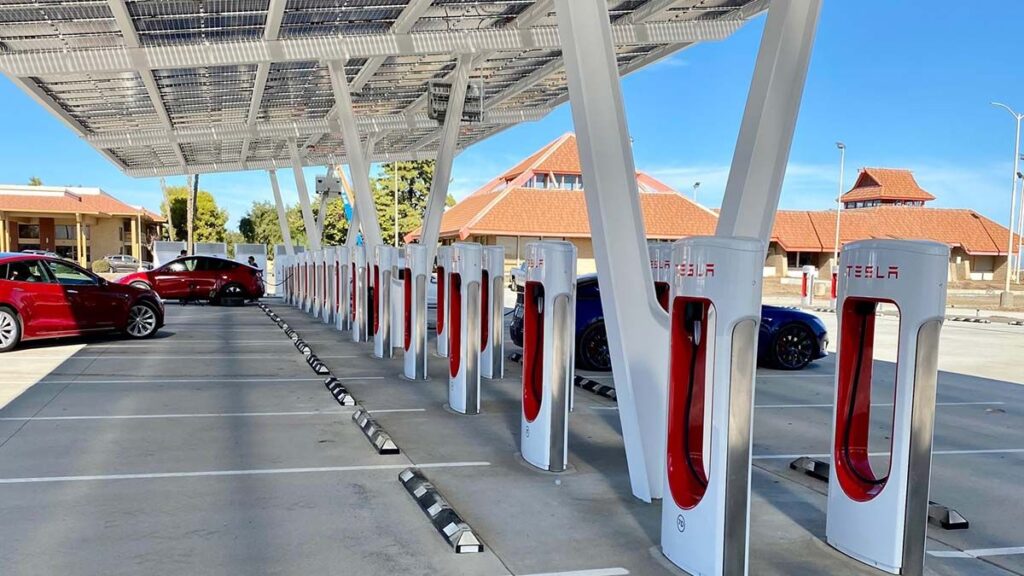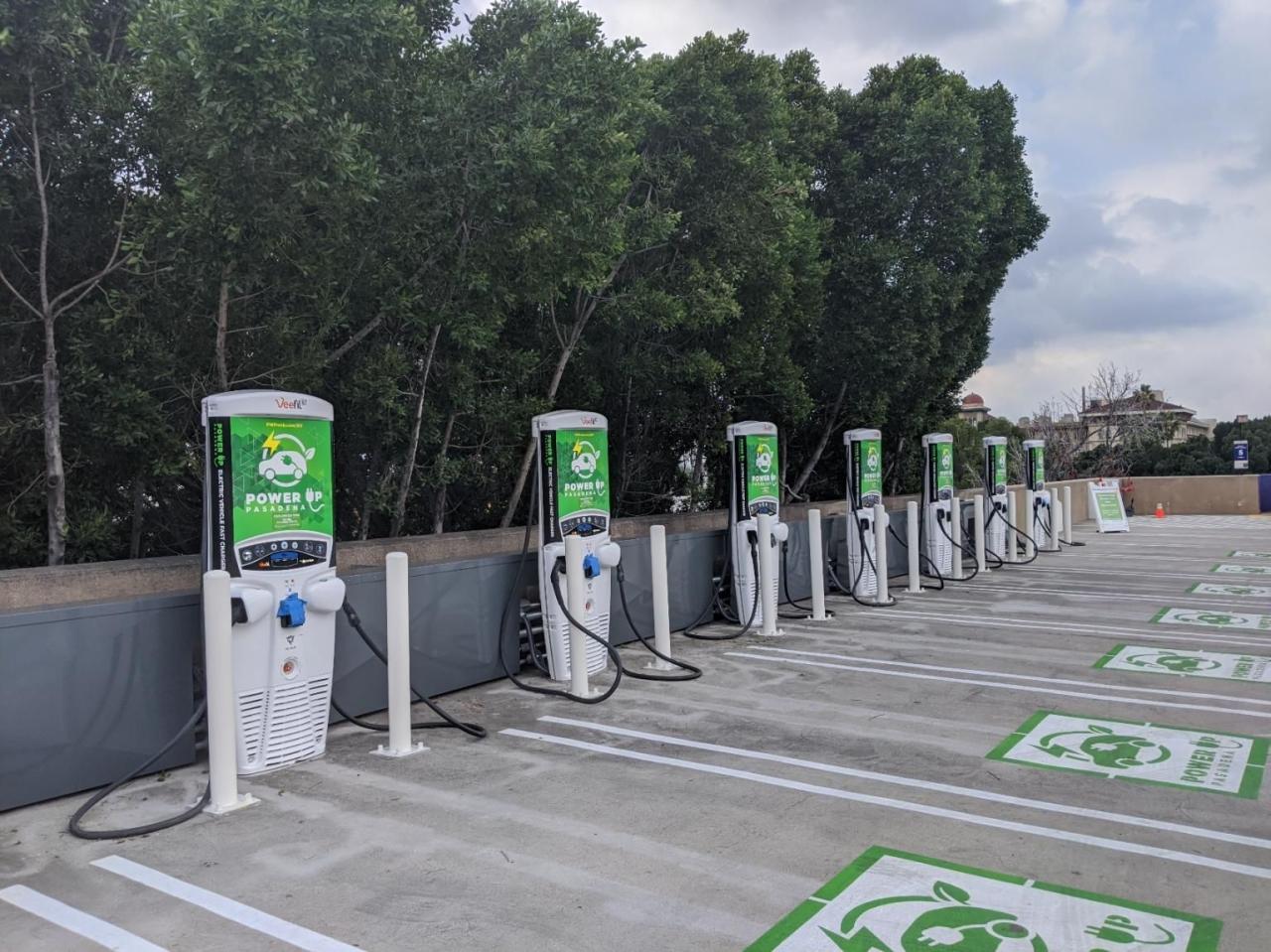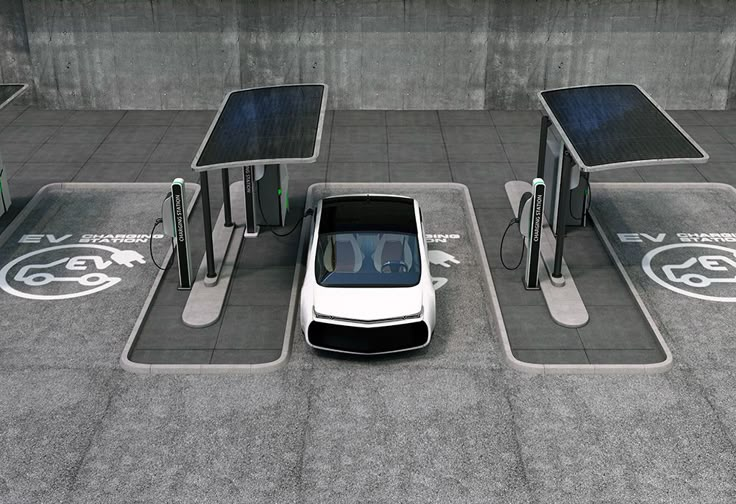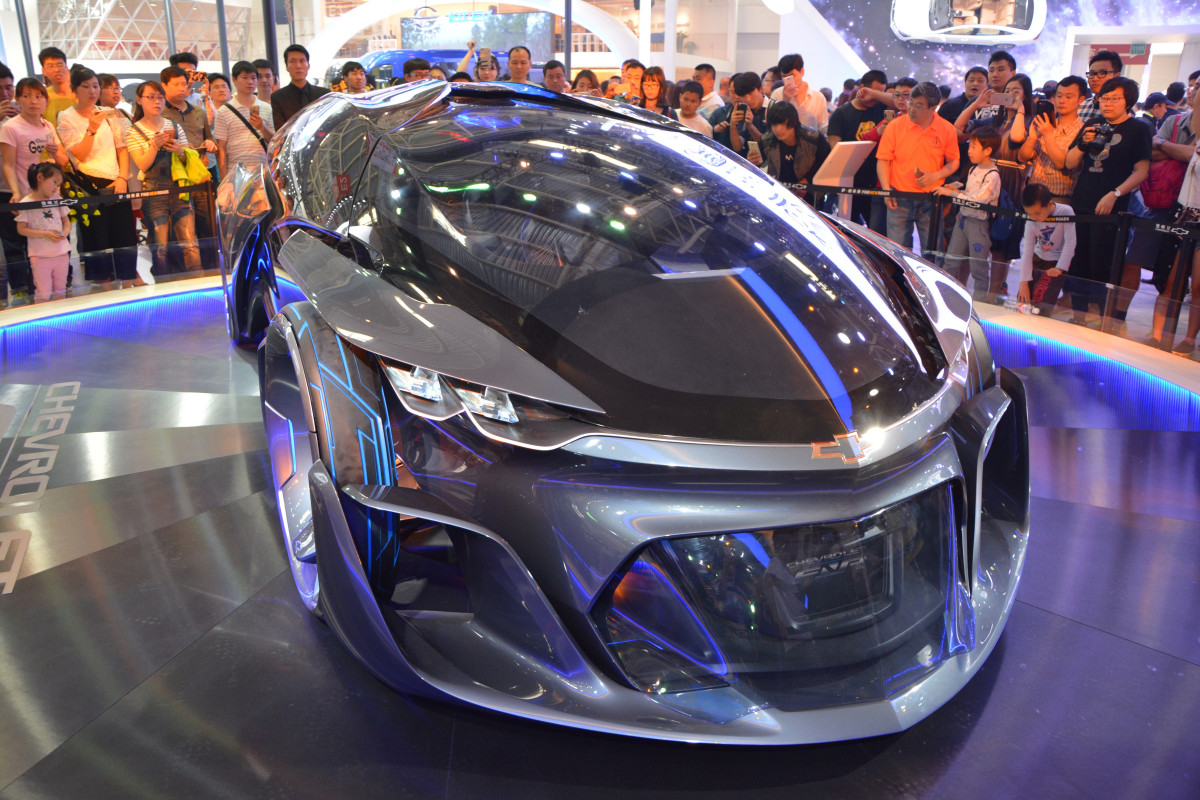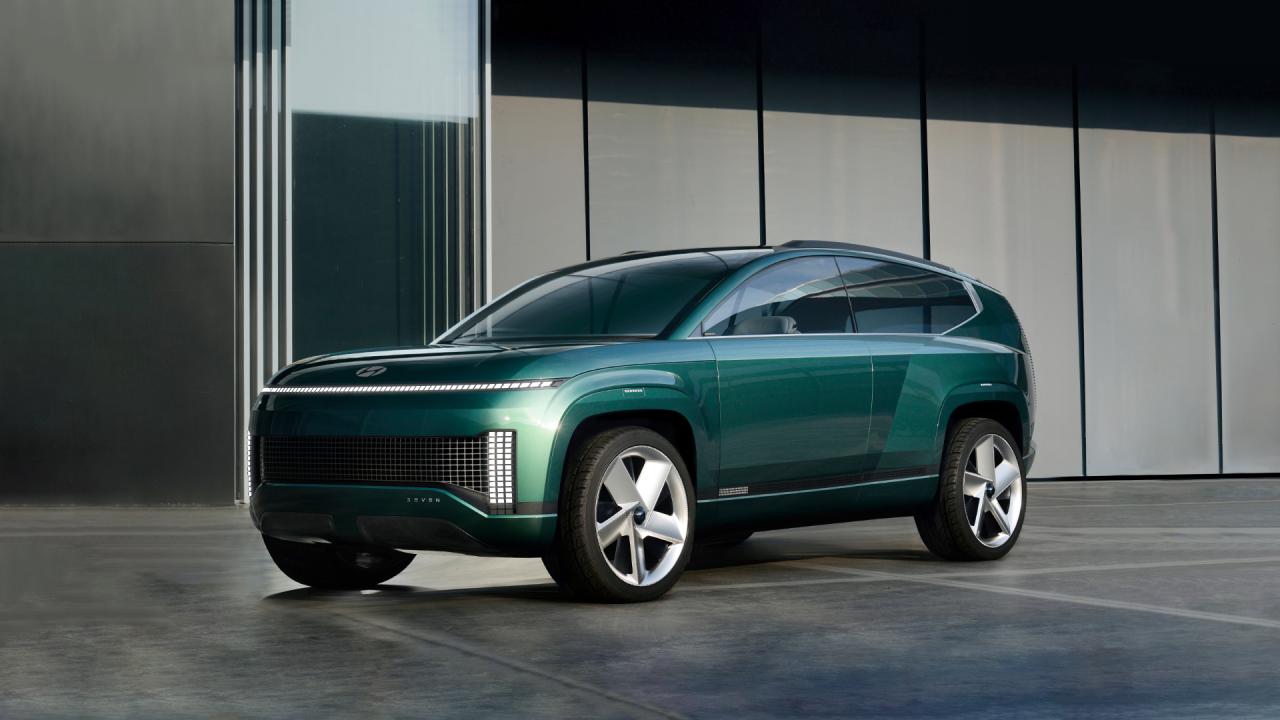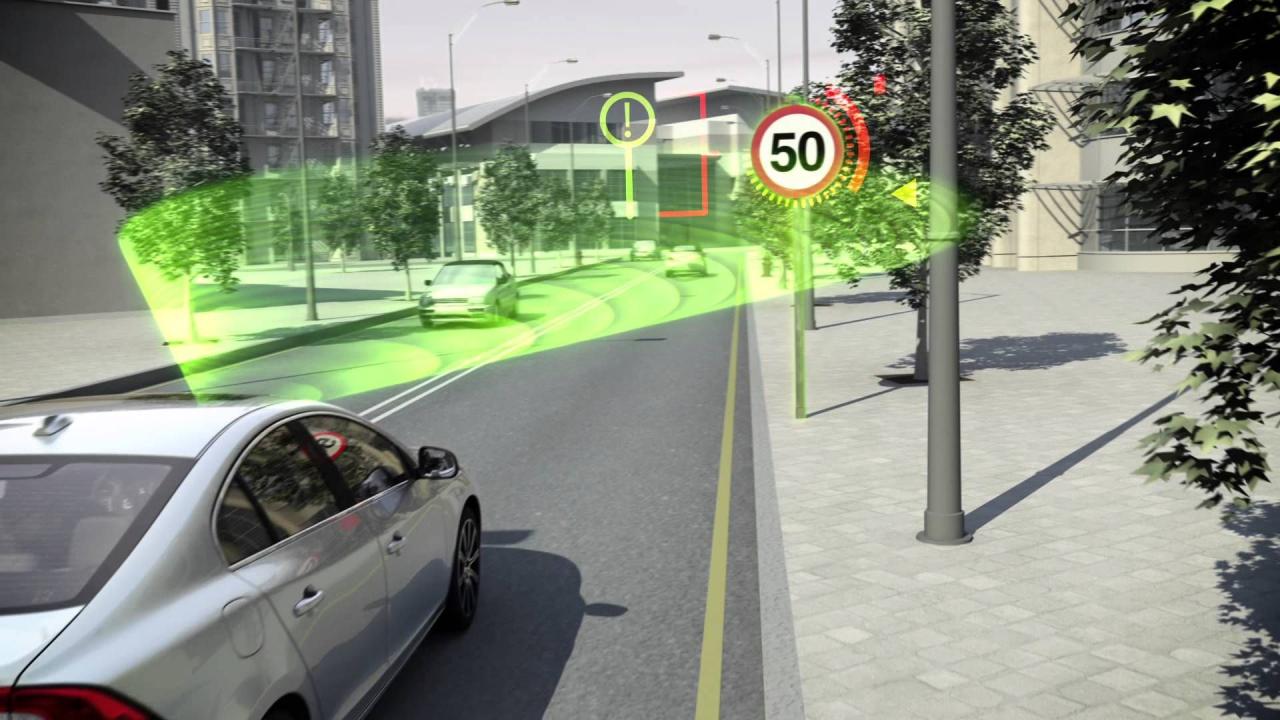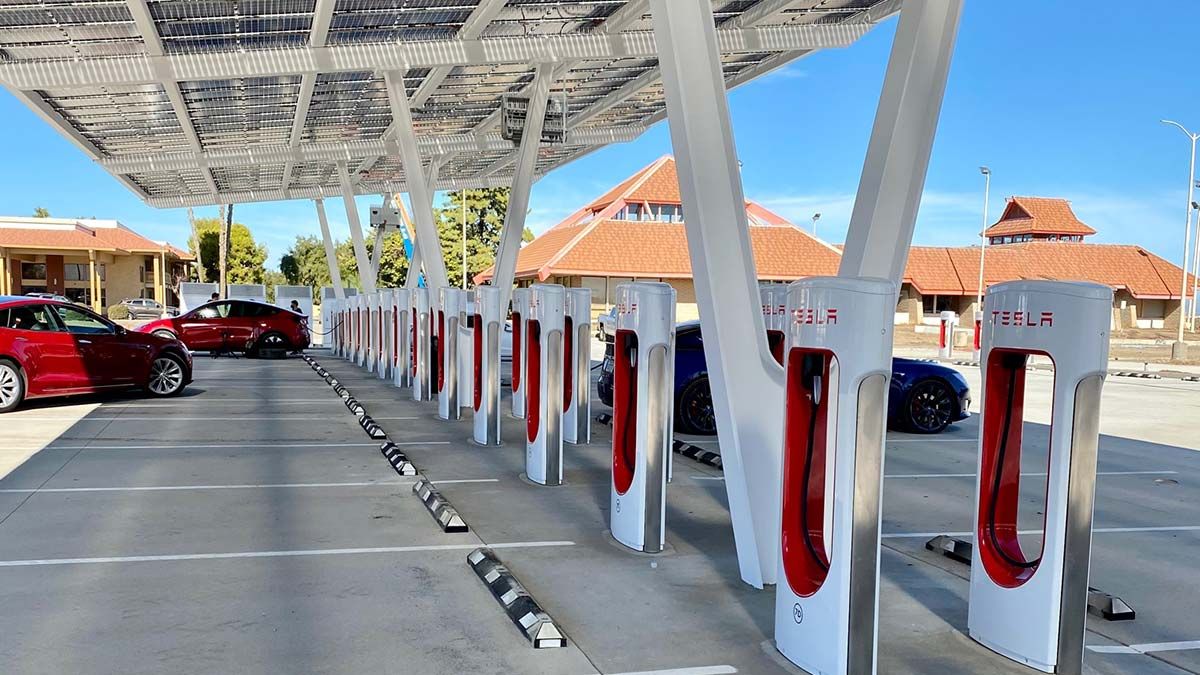Powering the EV Future: Global Growth
The electric vehicle (EV) revolution is accelerating globally, but its pace is inextricably linked to the availability and accessibility of robust charging infrastructure. As EV adoption surges, driven by environmental concerns, technological advancements, and government incentives, the expansion of reliable and widespread charging networks becomes paramount. This isn’t just about adding more plugs; it’s about building a comprehensive ecosystem that supports diverse charging needs, from rapid highway stops to convenient home solutions, ensuring that range anxiety becomes a relic of the past. The strategic growth of charging infrastructure expands its reach, effectively laying the groundwork for a truly sustainable and ubiquitous electric mobility future.
The Foundation of Growth: Why Charging Matters
For decades, the internal combustion engine (ICE) vehicle benefited from a vast and established network of gasoline and diesel fueling stations. Drivers rarely worried about finding a place to refuel, thanks to decades of infrastructure development. Electric vehicles, however, present a fundamentally different energy delivery paradigm. Unlike liquid fuels that are quickly dispensed, electricity needs time to transfer to a battery, and the speed of this transfer varies significantly.
The initial hesitancy among prospective EV buyers was often rooted in “range anxiety” – the fear of running out of charge before reaching a charging point. This psychological barrier, coupled with a nascent charging network, significantly hampered early EV adoption. Recognizing this, governments, automakers, and dedicated charging companies have poured immense resources into developing and deploying a wide array of charging solutions. The expansion of charging infrastructure is not merely a logistical necessity; it’s a critical enabler for mainstream EV adoption, alleviating concerns and making the switch to electric more convenient and appealing. Without a dense, reliable, and user-friendly charging network, the full potential of electric mobility simply cannot be realized.
Understanding Charging Types: Speed and Accessibility
Charging infrastructure isn’t a one-size-fits-all solution. It encompasses a spectrum of charging speeds and connector types, designed to meet various needs and scenarios.
A. AC (Alternating Current) Charging: The Everyday Solution. AC charging is typically slower but more ubiquitous and cost-effective to install. i. Level 1 Charging (120V AC): This is the slowest form of charging, utilizing a standard household outlet (like those used for home appliances in North America). It provides approximately 2-5 miles (3-8 km) of range per hour of charging. While slow, it’s incredibly convenient for overnight charging at home, requiring no special equipment beyond the charger supplied with the vehicle. It’s often referred to as “trickle charging” and serves as a basic, accessible option for commuters with short daily driving distances. ii. Level 2 Charging (240V AC): This is the most common type of home charging and is also prevalent in public and workplace settings. It uses a 240-volt outlet (similar to a clothes dryer outlet) and requires a dedicated charging unit (EVSE – Electric Vehicle Supply Equipment). Level 2 charging typically adds 12-80 miles (20-130 km) of range per hour, depending on the charger’s power output and the vehicle’s onboard charger capacity. It’s ideal for overnight charging at home, allowing a full charge for most EVs in 6-12 hours, and for topping up at workplaces or public destinations. The relatively lower cost of installation compared to DC fast charging makes it a widespread solution.
B. DC (Direct Current) Fast Charging: The Highway Enabler. DC fast charging delivers power directly to the EV’s battery, bypassing the car’s onboard charger, allowing for significantly faster charging times. It’s crucial for long-distance travel and rapid top-ups. i. High Power Output: DC fast chargers typically range from 50 kW to 350 kW, with higher power levels becoming increasingly common. A 50 kW charger can add 100 miles (160 km) of range in about 30 minutes, while a 350 kW charger can achieve the same in as little as 5-10 minutes for vehicles capable of accepting such high power. These are essential for highway corridors, rest stops, and urban charging hubs where drivers need to quickly get back on the road. ii. Connector Standards: The primary DC fast charging connector standards are: * CCS (Combined Charging System): Widely adopted in North America and Europe, combining the J1772 AC connector with two additional pins for DC fast charging. * CHAdeMO: Predominantly used by Japanese automakers like Nissan and Mitsubishi, though its adoption is declining in favor of CCS in many markets. * NACS (North American Charging Standard): Tesla’s proprietary connector, known for its sleek design and integration with Tesla’s Supercharger network. It is increasingly being adopted by other automakers for their North American models. * GB/T: The national standard in China, used for both AC and DC charging. The fragmentation of these standards has historically been a challenge, necessitating adapters or multi-standard chargers, but the industry is moving towards greater standardization, particularly with the rising prominence of NACS.
C. Wireless Charging (Inductive Charging): The Future Horizon. This emerging technology allows EVs to charge simply by parking over a pad, eliminating the need for cables. i. Convenience and Automation: Wireless charging offers unparalleled convenience, as drivers don’t need to plug in. It’s particularly promising for autonomous vehicles (AVs) and robotic parking systems, where human intervention for plugging in is impractical. ii. Current Limitations: Currently, wireless charging typically operates at lower power levels (e.g., 7-22 kW), making it comparable to Level 2 AC charging in terms of speed. Efficiency losses also occur during inductive transfer. Research is ongoing to increase power levels and efficiency, making it viable for faster charging scenarios.
The Pillars of Expansion: Strategic Deployment Areas
The expansion of charging infrastructure is a multi-pronged effort, focusing on diverse locations to meet various user needs and behaviors.
A. Residential Charging: The Foundation of EV Ownership. For most EV owners, home charging is the primary mode of replenishment, offering unparalleled convenience and cost-effectiveness (especially with off-peak electricity rates). i. Single-Family Homes: Installing a Level 2 charger (240V) in a garage or driveway is relatively straightforward for homeowners, providing a full “fuel tank” every morning. Government incentives and utility programs often subsidize the cost of charger installation. ii. Multi-Unit Dwellings (MUDs): This presents a significant challenge but also a massive opportunity. Apartment complexes, condominiums, and townhouses require collaborative solutions between residents, building management, and charging providers to install shared or dedicated charging points. Solutions range from simple Level 1 outlets in parking garages to complex networked Level 2 systems with load management. The availability of charging in MUDs is crucial for expanding EV access beyond suburban homeowners. iii. Workplace Charging: Charging at the office provides a convenient top-up during the workday, effectively extending daily range. Many companies are installing Level 2 chargers as an employee perk and a sustainability initiative.
B. Public Charging Networks: On-the-Go Convenience. Public chargers are essential for drivers without home charging, for those on longer trips, or for quick top-ups while running errands. i. Destination Charging: Primarily Level 2 chargers located at popular destinations like shopping centers, restaurants, hotels, movie theaters, and recreation areas. These allow EV drivers to charge while they are engaged in other activities, turning “dead time” into charging time. ii. Corridor Charging (Fast Charging Hubs): Strategically located DC fast charging stations along major highways and interstates are crucial for enabling long-distance travel. These “electric gas stations” are often found at rest stops, service areas, or dedicated charging plazas, ensuring drivers can quickly replenish their battery and continue their journey. iii. Urban Charging Hubs: In dense urban areas, dedicated charging hubs with multiple DC fast chargers and Level 2 chargers are emerging. These cater to ride-share drivers, delivery fleets, and urban residents without access to home charging.
C. Fleet Charging Solutions: Powering Commercial Operations. Commercial fleets, from delivery vans to public transportation buses, are rapidly electrifying, necessitating specialized charging infrastructure. i. Depot Charging: For large fleets, charging infrastructure is often installed at central depots or warehouses, allowing vehicles to charge overnight or between shifts. This can involve high-power DC chargers for buses or medium-duty trucks, requiring significant electrical grid upgrades. ii. On-Route Charging: Some heavy-duty electric vehicles (e.g., long-haul trucks, buses) may require strategically placed high-power chargers along their routes for quick top-ups during their operational day. iii. V2G (Vehicle-to-Grid) Integration: Fleet vehicles, especially buses or delivery vans, are excellent candidates for V2G technology. When parked, their large batteries can feed electricity back into the grid during peak demand times, providing revenue for the fleet operator and supporting grid stability.
The Economic and Environmental Drivers of Expansion
The push for charging infrastructure expansion is driven by a confluence of economic imperatives and critical environmental goals.
A. Government Policies and Incentives: Governments globally are playing a pivotal role through various policy mechanisms. i. Grants and Subsidies: Direct financial incentives are offered for the installation of charging stations, particularly for DC fast chargers and those in underserved areas. ii. Tax Credits and Rebates: Tax credits or rebates are provided for individuals and businesses purchasing EVs and charging equipment. iii. Mandates and Regulations: Some regions are implementing mandates for charging infrastructure in new construction or setting targets for EV adoption, which indirectly drives charging expansion. For example, some cities require a certain percentage of parking spots in new buildings to be EV-ready. iv. Infrastructure Bills: Large-scale government investments, such as the Bipartisan Infrastructure Law in the United States, allocate billions to build out a national EV charging network, focusing on reliable, interoperable chargers along major corridors.
B. Automaker Investments: Car manufacturers are heavily investing in charging infrastructure, recognizing it as crucial for selling more EVs. i. Proprietary Networks: Tesla’s Supercharger network is a prime example of a manufacturer building out its own proprietary fast-charging network to support its vehicles and enhance the ownership experience. ii. Collaborative Ventures: Many automakers are forming joint ventures with charging providers or other manufacturers (e.g., Ionity in Europe, Electrify America in North America) to build large-scale, open-access fast-charging networks that support multiple brands.
C. Utility Company Involvement: Electric utilities are crucial partners, as they manage the grid and supply the electricity. i. Grid Upgrades: Utilities are investing in upgrading grid infrastructure to handle the increased load from EV charging, particularly for high-power DC fast charging hubs. ii. Time-of-Use (TOU) Rates: Many utilities offer special TOU electricity rates, incentivizing EV owners to charge during off-peak hours (e.g., overnight) when electricity is cheaper and grid demand is lower, optimizing energy consumption. iii. Demand Management Programs: Utilities are exploring smart charging solutions that can manage and optimize charging loads across multiple vehicles to prevent grid overload during peak times.
D. Environmental Sustainability and Climate Goals: The shift to EVs and the supporting charging infrastructure are central to global efforts to combat climate change. i. Reduced Emissions: Widespread EV adoption, powered by renewable energy sources, significantly reduces greenhouse gas emissions and urban air pollution from the transportation sector, contributing to cleaner air and healthier cities. ii. Renewable Energy Integration: As more EVs charge, especially during off-peak hours, they can act as flexible loads for the grid, helping to integrate more intermittent renewable energy sources (like solar and wind) by absorbing excess generation. iii. Circular Economy: The focus on EV batteries also drives innovation in battery recycling and second-life applications, contributing to a more circular economy.
Challenges and Hurdles: Paving the Way Forward
Despite rapid progress, the expansion of charging infrastructure faces several significant challenges that require ongoing innovation and collaboration.
A. Grid Capacity and Upgrades: The existing electrical grid in many regions was not designed for the concentrated power demands of widespread EV charging, especially high-power DC fast charging. i. Local Grid Reinforcement: Substantial upgrades to local transformers, distribution lines, and substations are often required to support new charging hubs, leading to significant costs and longer deployment times. ii. Peak Demand Management: Uncontrolled charging could strain the grid during peak electricity demand. Smart charging solutions, demand response programs, and grid-to-vehicle (G2V) technologies are essential to manage these loads effectively.
B. Standardization and Interoperability: While progress is being made, a lack of universal charging standards (both physical connectors and communication protocols) can create friction for users. i. “Plug-and-Charge” Simplicity: Achieving seamless “Plug-and-Charge” functionality, where vehicles automatically authenticate and pay without swiping cards or using apps, requires robust communication protocols and cybersecurity measures across different networks and vehicle brands. ii. Network Roaming: The ability to use any charging station regardless of the provider’s network (similar to mobile phone roaming) is crucial for a smooth user experience. This requires agreements and interoperability between competing charging networks.
C. Charging Speed and Battery Technology: The pace of charging infrastructure development must keep up with advancements in battery technology and user expectations. i. Ultra-Fast Charging: As EV battery capacities grow, the demand for ultra-fast charging (350 kW and beyond) will increase. Delivering such high power consistently and efficiently across a wide network is technically challenging and expensive. ii. Battery Degradation Concerns: While modern EV batteries are robust, some users still have concerns about potential long-term battery degradation from frequent DC fast charging, although advancements are mitigating this.
D. Cost and Funding: Building out extensive charging networks is a capital-intensive undertaking. i. High Installation Costs: DC fast chargers, especially, are expensive to purchase and install, requiring significant electrical work and often land acquisition. ii. Operating Costs: Operational costs include electricity consumption, maintenance, and network management, which need sustainable business models to ensure profitability for operators. iii. Equity and Access: Ensuring equitable access to charging infrastructure, particularly in rural areas, low-income communities, and multi-unit dwellings, requires targeted funding and policy interventions.
E. User Experience and Reliability: A poor user experience can deter EV adoption. i. Uptime and Reliability: Charging stations must be consistently operational and well-maintained. Non-functional chargers are a major source of frustration for EV drivers. ii. Payment Simplicity: Streamlining payment processes (e.g., through apps, RFID cards, or “Plug-and-Charge”) is crucial. iii. Availability and Queueing: Ensuring enough chargers are available, especially at peak times, to avoid long queues, is a logistical challenge as EV numbers grow.
The Future Landscape: A Seamless Charging Experience
The future of EV charging infrastructure is evolving rapidly, driven by technological innovation, strategic investments, and a growing understanding of user needs.
A. Smart Charging and V2G (Vehicle-to-Grid) Integration: i. Optimized Charging: Smart charging systems will become ubiquitous, allowing vehicles and chargers to communicate with the grid to optimize charging times, consume renewable energy, and avoid peak demand periods, benefiting both the user (lower costs) and the grid (stability). ii. Energy Storage and Grid Support: V2G technology will see broader deployment, enabling EVs to act as distributed energy storage units. When plugged in and not in use, their batteries can discharge electricity back to the grid during high demand, acting as virtual power plants and generating revenue for owners or fleet operators.
B. Ultra-Fast and Megawatt Charging: i. Next-Generation Fast Chargers: Power levels will continue to climb, with 400 kW, 500 kW, and even 1 MW (Megawatt) chargers becoming available, particularly for heavy-duty electric trucks and buses, allowing for charging times comparable to traditional fueling. ii. Advanced Cooling Systems: These ultra-high power levels necessitate sophisticated liquid cooling systems for cables and connectors to manage heat efficiently and safely.
C. Wireless Charging Deployment: i. Public and Commercial Rollout: While still in nascent stages, wireless charging will likely see increased deployment in commercial parking lots, public transit depots, and potentially even dynamic road charging (charging while driving) for public transport routes. ii. Seamless Integration: The ultimate vision is for completely seamless charging where the act of parking automatically initiates charging, particularly with the advent of autonomous parking.
D. Battery Swapping Stations: i. Rapid Replenishment: For specific use cases, like taxi fleets or certain commercial vehicles, battery swapping stations (where a depleted battery is quickly exchanged for a fully charged one) could offer an alternative to traditional charging, providing near-instantaneous “refueling.” ii. Standardization Challenges: The main hurdle remains the standardization of battery packs across different vehicle manufacturers to make this economically viable and scalable.
E. Data-Driven Network Optimization: i. Predictive Analytics: AI and machine learning will be used to analyze charging patterns, predict demand hotspots, and optimize the placement and utilization of charging stations, ensuring efficient resource allocation. ii. Personalized Charging Experiences: Apps will become even smarter, offering personalized charging recommendations based on driving habits, vehicle state of charge, electricity prices, and preferred charging speed.
The expansion of EV charging infrastructure is a monumental undertaking, akin to building the gasoline station network from scratch a century ago. It requires colossal investment, technological innovation, regulatory foresight, and widespread public acceptance. As these networks become more ubiquitous, reliable, and user-friendly, they will undoubtedly remove one of the last major barriers to electric vehicle adoption, accelerating the world towards a truly sustainable and electrified future of mobility. The journey is complex, but the path is clear: charging infrastructure expands, propelling us into a cleaner, quieter, and more efficient tomorrow.

